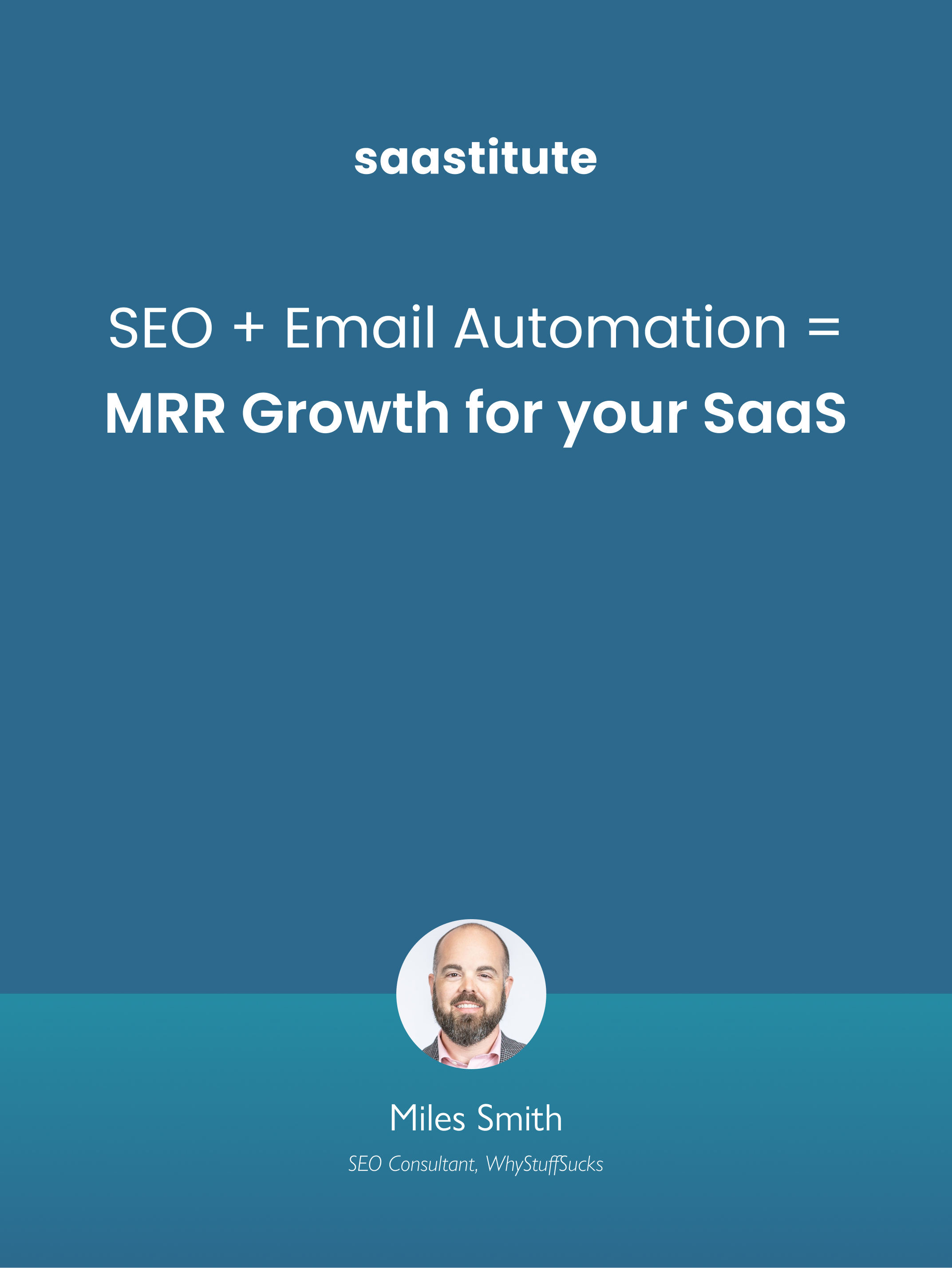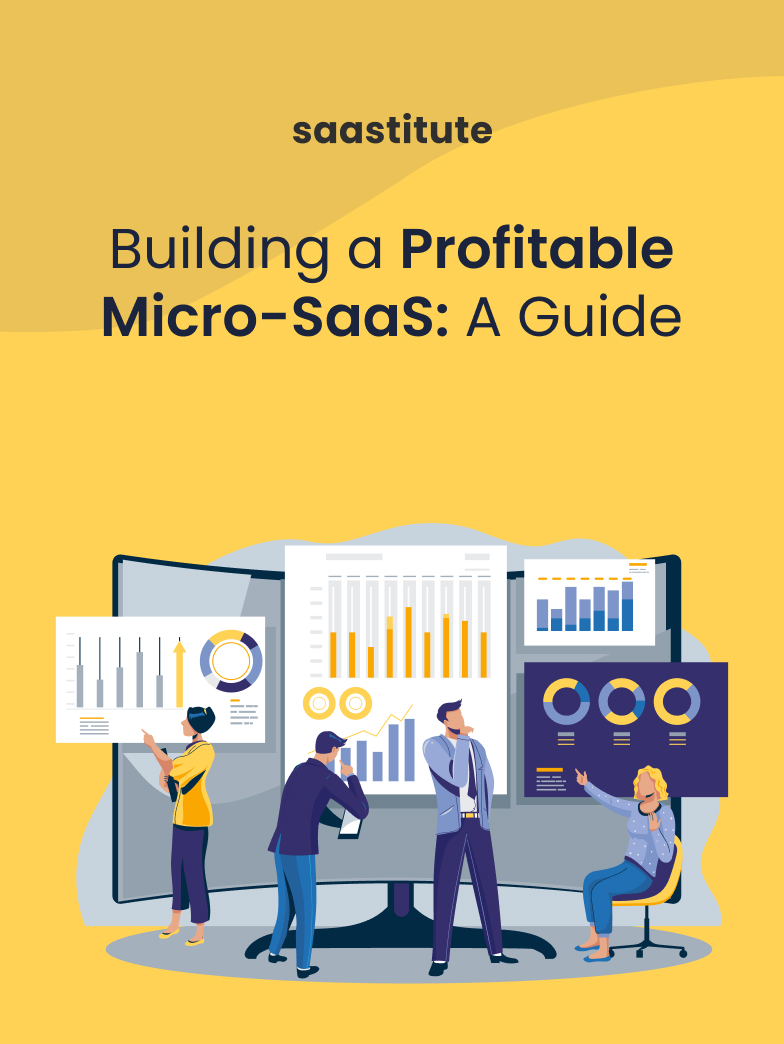Checklist for Raising Series A Funding for Your SaaS
Like breakfast to empower your day, Series A funding can energize your growth effort and propel you towards success. If you are contemplating raising a first round of funding, here's a brief overview of all things you need.

Getting a successful Series A funding can be ecstatic but and can be the turning point for your SaaS company. Though it might seem daunting, in this article, we’ll go over the steps to solidify your chances of acquiring Series A Funding.
What is Series A Funding?
A series A round is the company's first significant round of venture capital financing in exchange for preference shares sold to investors in exchange for their investment. But before you can approach investors for Series A funding, you need to have some solid seed/angel investors and should have run your company for at least a few months, with statistical data making your case.
Once the company can demonstrate its value and possesses a scalable business model, it can expect investments in the tens of millions. According to a study conducted by fundz.net, the 2020 average Series A funding in the United States was $15.6 million. While seed capital is generated by friends and family and is usually in a few tens of thousands, Series A funding is backed by venture capital firms and angel investors looking for equity in the company.

With Series A, investors aren't just seeking great ideas. Instead, they look for companies with great ideas and solid strategies to turn that idea into a successful business that generates revenue. Investors participating in the first round will be the first traditional venture capital firms. Well-known venture capital firms involved in Series A funding include Sequoia Capital, Benchmark Capital, Greylock, and Accel Partners.
Involving investors in a more political process is still common. Usually, several venture capital firms lead the group. In fact, an investor can act as a "base". Once the company has its first investor, it can be easier to attract further investors in the future rounds of investment. Angel investors also invest at this stage, but their impact on this funding cycle is much less than at the initial stage of funding. Learn more about the different stages of SaaS funding here.
Due to the impact that Series A funding holds, many founders of companies are nervous about blowing their shot. But fret not as it’s simpler than you think.
Market research
Before contacting a Venture Capitalist, use Crunchbase to find a history of their previous portfolio companies and speak to some of the successful founders who are backed by the same venture capital. Get ideas from them as a person. Do they like formal names or are they easy to get along with? Are they detail-oriented or big-picture-focused?
Also, try to speak to founders who haven't had amazing results after receiving the funding. Learn how venture capitalists came up as board members when startups didn't turn out to be the next unicorn. The more you, know about your potential investor, the easier it will be for you to build a rapport.
Proof of Scalability
A startup strategy for market entry can evolve, but at least one channel must have sufficient evidence of scalability. The founder must understand the buyer's journey and have a good understanding of sales cycles, pipeline conversion rates, and win-win rates over competitors.
If the company does not follow these steps by the time the first round is complete, it is important that you do not hesitate. The startup is expected to provide historical benchmarks for potential Series A investors.
Widen your network
The initial investment is plentiful and easier to obtain than the A-Series. Leveraging the network and building real relationships before you start raising Series A funds makes it easier for potential investors to meet and also builds a league of stakeholders.
Reach out to your extended network and ask them to join your connections. This second-order network has strong and desirable results in your favor. Disseminating information about your business through your network or through public relations/marketing initiatives is always helpful.
Own the stage
For your first presentation, designing and presenting data in a summary presentation isn't always different. But when planning your A-series business, world-class design and data make all the difference. Make your collections simple and attractive. You can’t go wrong with statistical data, so include them in your pitch.
Watch any of Steve Jobs’ Apple product launches and you’ll see how he never broke a sweat, but still managed to always have your attention. That’s because he used to rehearse the presentation hundreds of times before the actual date and oversaw each and every detail of the presentation so he gets the message across to the audience.
Have rehearsals of the pitch weeks before the actual pitch. Put yourself in the shoes of the investors and ask yourself if you’d invest in yourself. Make compelling and valid points and give your investors a reason to invest in your company.
Check out what a pitch deck is and a few quick tips for building the perfect pitch deck.
Timing
Many new SaaS companies hire a Senior Executive Director or a Senior Marketing Manager. This is not a very viable option for companies who are still working to make it big if they spend a lot of their money on higher post executives.
Aiming for the stars isn’t a bad thing but it shouldn’t be at the cost of your software’s functionality or development. It’s very important to spend your time and resources towards making your product better as executives can be hired after the foundation for the SaaS is set.
Brand Identity
Your brand has to have its own identity and be instantly recognizable to the public. Now is the time to lay a solid foundation on that, maybe it is time to seek outside help to revitalize your vision. The best way is to get support and help from seasoned professionals unless you have a lot of experience building a brand.
Just Do It. These three words are enough to know which brand I’m talking about. Your product needs to have a similar effect on the public, and the investors. You can hire a senior executive or creative manager internally, or you can outsource your work to an agency. It often depends on the budget and talent available. Make your company and product stand out from the rest of the crowd.
Paper beats rock
Series A fundraisers typically take the form of preferred stock, giving investors some financial rights and control, including the right to exchange preferred stock for less common stock. These rights may include preferences, equity, board seats, and veto power. You’ll need proper legal documents to approach investors for them to even consider investing in your company. A lawyer can help your company in more ways than one, so having one on board can’t hurt.
The documents that you’ll need for Series A funding are:
- Term Sheet
- Amended and Restated Certificate of Incorporation
- Preferred Stock Investment Agreement
- Investor Suitability Questionnaire
- Investors’ Rights Agreement
- Shareholder Written Consent Form
- Board Written Consent Agreement
To wrap it up…
Companies need to be careful after the first round of funding and not let the money overwhelm them or make them lose the company’s sense of direction. After all, if things go well in Series A funding, your could expect your company to go further with B and C funding, which can raise anywhere from $40 million to $70 million.
If you’re done with funding for your SaaS and are looking for what to price your SaaS, here’s an article that talks about What Your SaaS Should Cost.














.svg)


